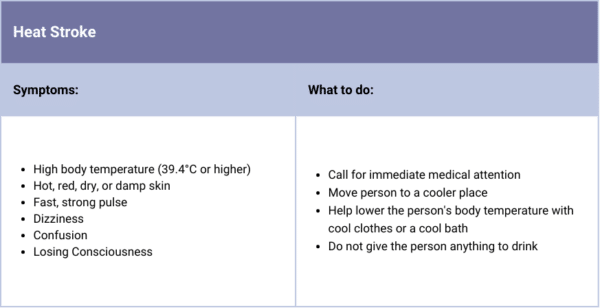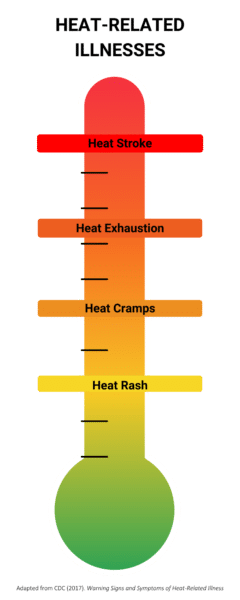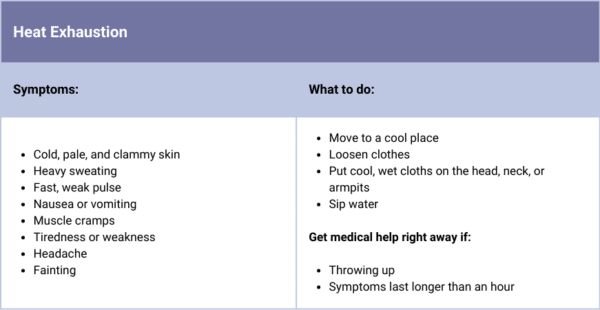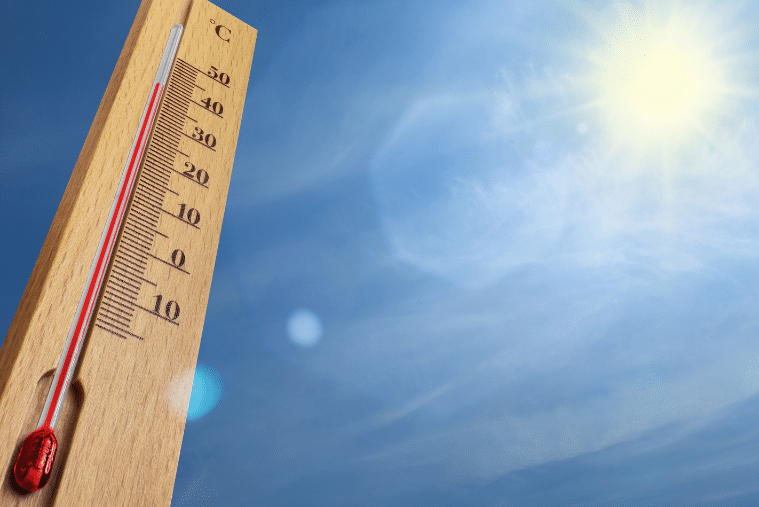Heat safety at work
When thinking of health care workers, we often picture climate-controlled hospitals or clinics – but many people work in facilities without air conditioning or are outside for parts of their workday including paramedics, community care teams, and mental health outreach staff.
Working in extreme heat presents challenges for employees and employers, and there are actions that everyone can take to prevent heat stress. Knowing what you can do is important, heat stress-related injuries in BC have nearly doubled in 2022 compared to 2018-2020 (source: WorkSafeBC).
“Climate change is amplifying the frequency of extreme heat events, posing significant challenges for health care workers who must not only care for patients, clients, and residents but also need to safeguard their own wellbeing during heatwaves,” says Victoria Schmid, SWITCH BC CEO.
Here are some ways our Board partner WorkSafeBC suggests employers and workers can mitigate heat stress at work.
Employers/supervisors:
- Discuss heat-related hazards with worker at the start of every workday.
- Establish cooling areas with shade and water that are accessible to all workers.
- Determine appropriate work-rest cycles; when a worker feels ill, it may be too late.
- Rotate work activities or use additional workers to reduce exposure.
- Provide air conditioning or increased ventilation to remove hot air.
- Monitor heat conditions and require workers not to work alone.
- Ensure adequate first-aid coverage and emergency procedures are in place.
Employees/workers:
- Drink plenty of water (one glass every 20 minutes).
- When possible, wear light-coloured, loose-fitting clothing made of breathable fabric, such as cotton.
- Take rest breaks in a cool, well-ventilated area.
- When possible, do more strenuous physical work activities during the coolest parts of the day, before 11 a.m. and after 3 p.m.
- Know (and let your supervisor know) your personal risk factors, such as medications and any pre-existing conditions.
- Check the signs and symptoms of heat stress for yourself and co-workers.
Adapted from WorkSafeBC (2023). Preventing Heat Stress at Work
“Heat stress can lead to a range of health issues, including painful muscle cramps, heat exhaustion, and heat stroke. In severe cases, it can be life-threatening,” says Suzana Prpic, Senior Manager of Prevention Field Services at WorkSafeBC. “It’s important to recognize that heat stress is preventable, and all employers can take proactive steps to protect their workers in both indoor and outdoor settings.”
Signs of Heat-Related Illnesses
Heat-related illness can sneak up on you if you are not prepared and do not know what to look for. Learn the symptoms and what you can do if you, your coworkers, patients, clients, or residents experience heat stroke or heat exhaustion.



Adapted from CDC (2017). Warning Signs and Symptoms of Heat-Related Illnesses





